Search Results for 'Mercier Press'
16 results found.
The Auxiliaries in Galway

As the guerrilla war attacks by the Irish Volunteers on the RIC began to escalate in 1919, the British government recruited World War I veterans as a complementary force to the RIC. It advertised for men willing “to face a tough and dangerous task”. These were the Black and Tans. A further campaign was launched to recruit former army officers who were specifically formed into counter insurgency units known as the Auxiliaries or ‘The Auxies’. They wore distinctive ‘Tam O’Shanter’ caps. One of these units, D Company, was stationed in Lenaboy Castle and in ‘The Retreat’ in Salthill.
Galway author charts the Irish experience of WWI

THE LAST couple of years has seen a mushrooming of books relating to WWI, and more specifically, WWI and Ireland. For those interested in learning more about this seismic event, or wondering where to start, Cormac Ó Comhraí’s Ireland and the First World War: A Photographic History is the perfect answer.
New book on Mayo combatants in revolutionary Ireland
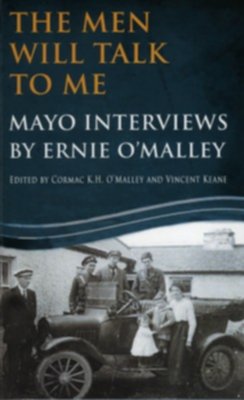
A new book, to be launched in Castlebar this evening by Taoiseach Enda Kenny, reveals, for the first time in print, the experiences of 10 senior veterans from Mayo who fought in Ireland’s struggle for independence and the subsequent civil war from 1919 to 1924.
The 17th Lancers in Earl’s Island

When World War I finished and the National Shell Factory on Earl’s Island closed down, the buildings were taken over by the 6th Dragoon Guards who had a reputation for wanton brutality. This was unusual in that most well armed British army units, with few having a role in the intelligence conflict, were rarely attacked during the War of Independence in the west of Ireland. While individual RIC men became defined as ‘good’ or ‘bad’, it was army regiments, rather than individual soldiers, that became so defined.
The silent heroes
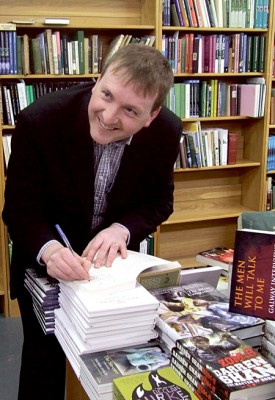
OVER THE last three years or so, there has been a continuous growth in the number of books published inside and outside Ireland relating to the 1916 Rising, the War of Independence, the Irish Civil War, and Irish involvement in the First World War.
Student revolutionaries
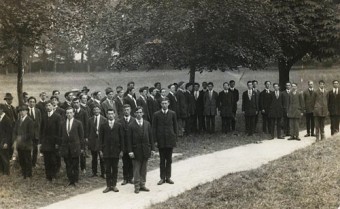
Seamus Murphy was the officer commanding the Galway Brigade of the IRA from 1917 to 1920. He was very conservative and vetoed a lot of proposed operations. He eventually moved back to Dublin where he was heard complaining that he could not get any Galway men to fight.
Student revolutionaries
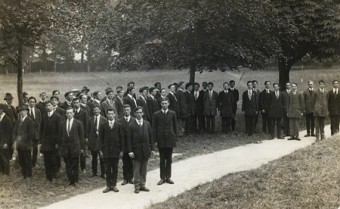
Seamus Murphy was the officer commanding the Galway Brigade of the IRA from 1917 to 1920. He was very conservative and vetoed a lot of proposed operations. He eventually moved back to Dublin where he was heard complaining that he could not get any Galway men to fight.
A tribal book hamper for Christmas
THE NUMBER of books produced by Galway publishers or written by Galway authors over the last number of months has been as prolific as it has been varied and allows the Galway reading public the ideal opportunity to support local presses and writers, thus celebrating the scribes of their native city.
The Crimean cannon
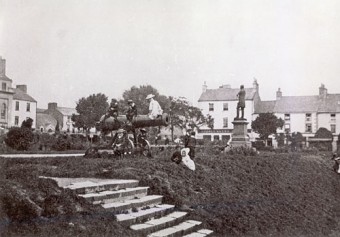
August 3 1857 was a day of celebration in Galway as the British War Department handed over two Russian cannons to the town commissioners. These cannon were described as “64 pounders of a heavy and clumsy description, each weighing two tons”, and were part of a large amount of Russian ordnance which fell into the hands of the 88th regiment during the Crimean War. Many of these artillery pieces were presented by the War Department as trophies to cities and town across the British Isles.
Attempts made in 1847 to establish fishing industry in the west
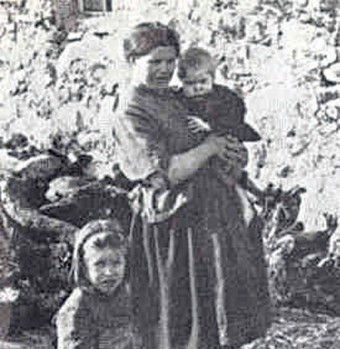
The tragedy of the Great Famine was compounded by the fact that our seas were full of fish, yet the lack of a sustainable fishing industry, and a general dislike of fish among the peasantry, left untouched this abundant food source. As the appalling statistics of hunger, riots, death, fever and evictions began to penetrate the British government, some action was at last taken*. Unsuitable as it was for Irish palates, vast quantities of American maize was imported, and distributed. Public relief schemes, such as canal-building and new roads were introduced to provide some employment, and efforts were made to establish a fishing industry.

